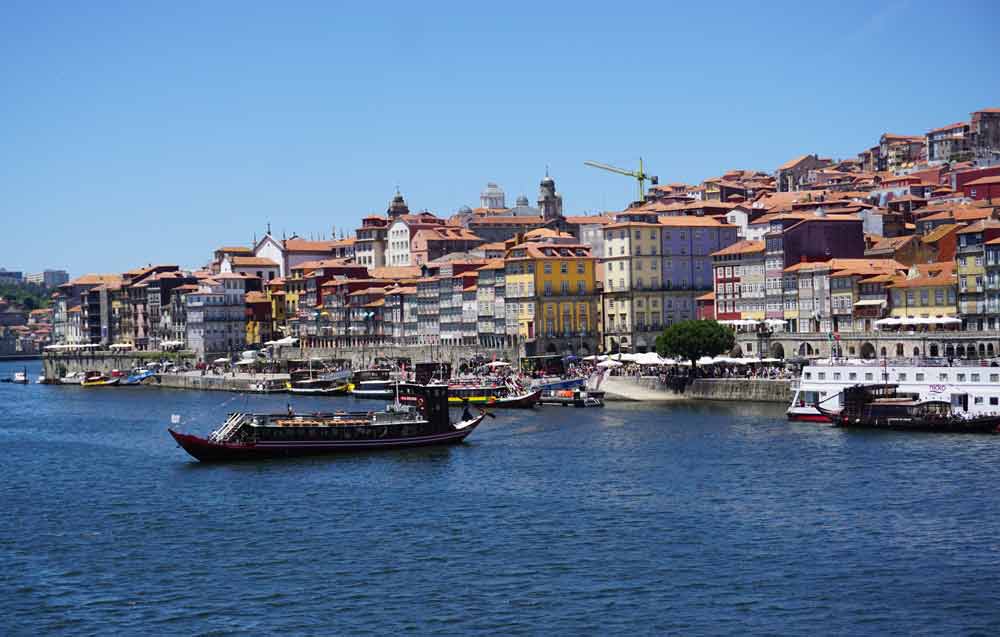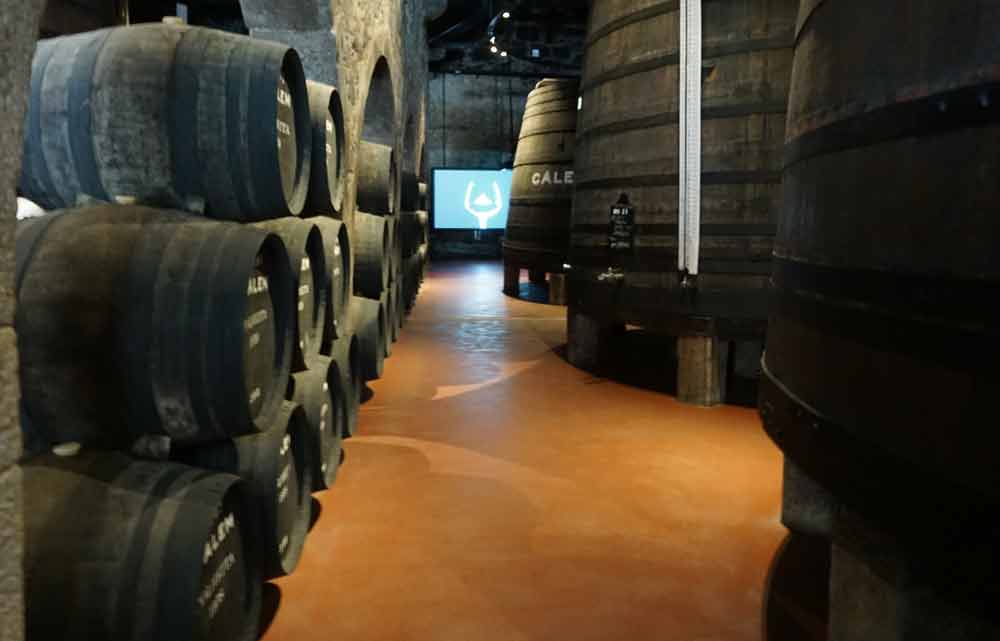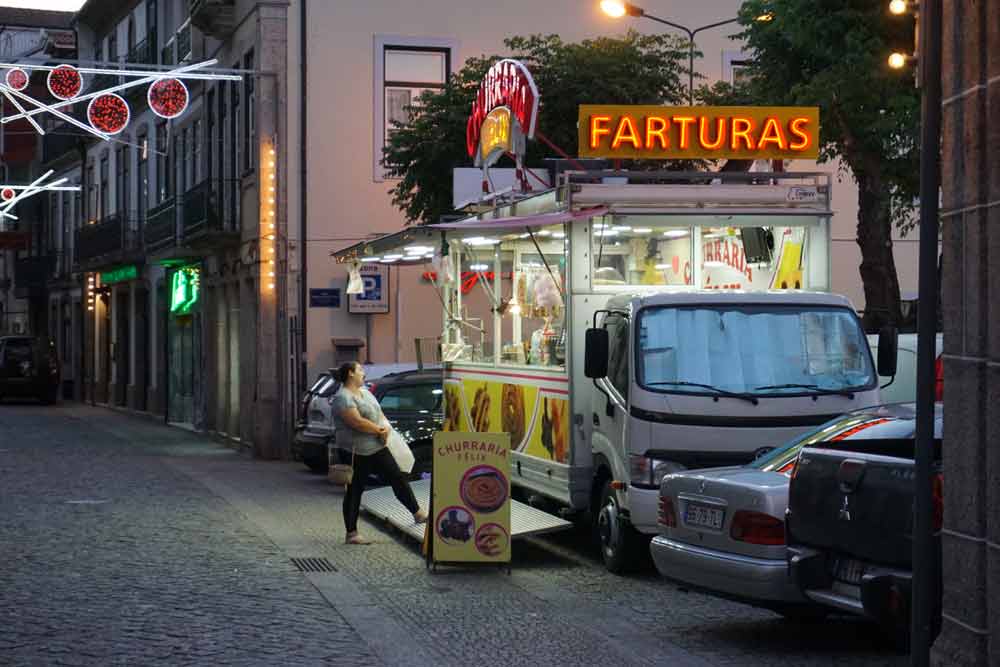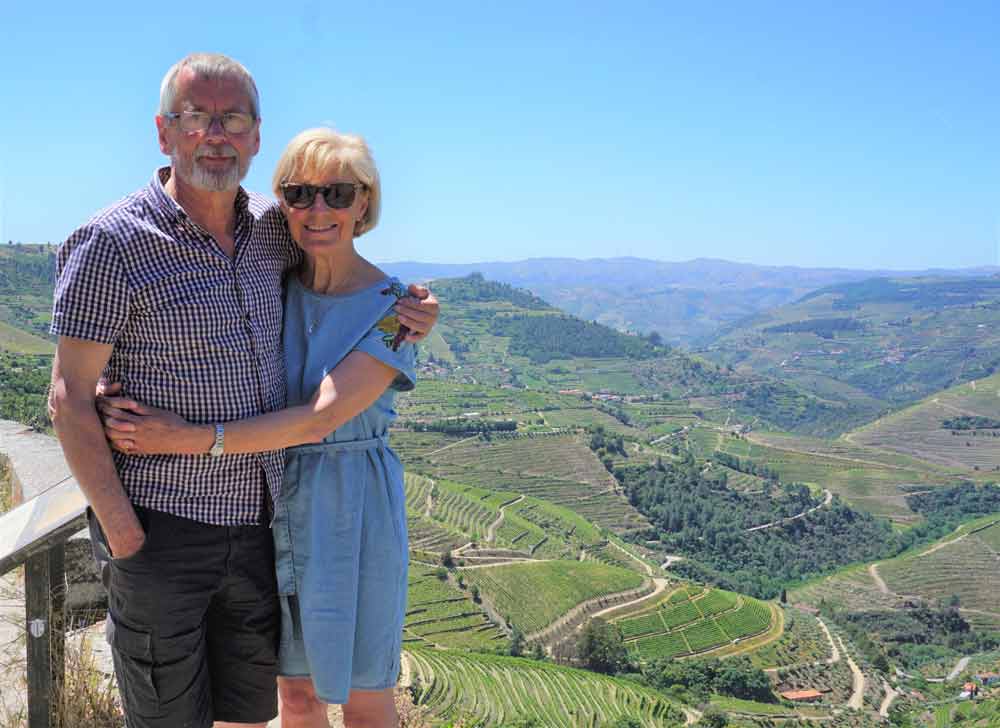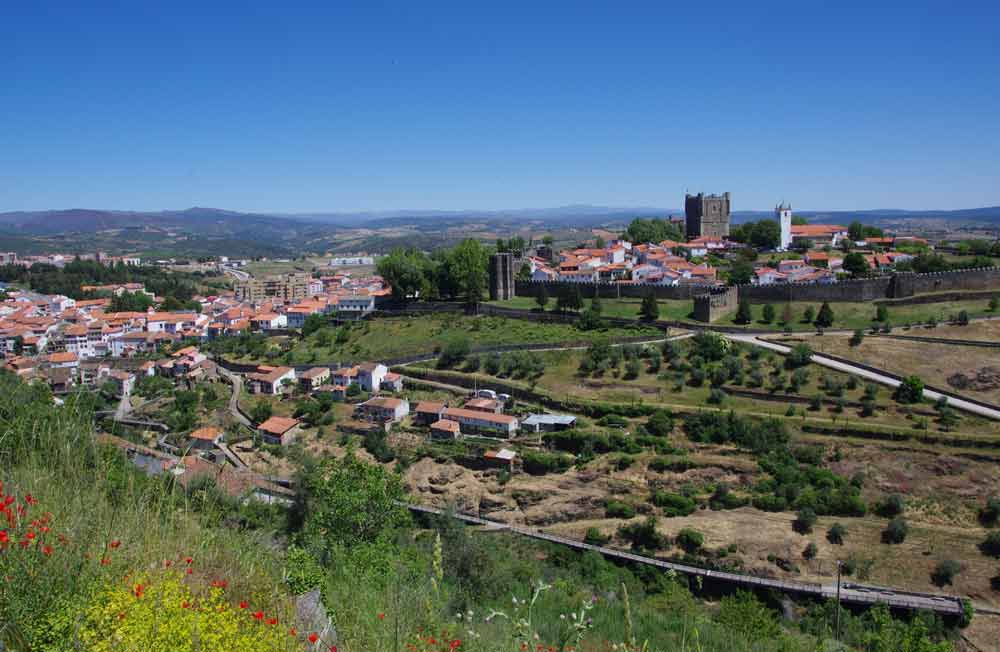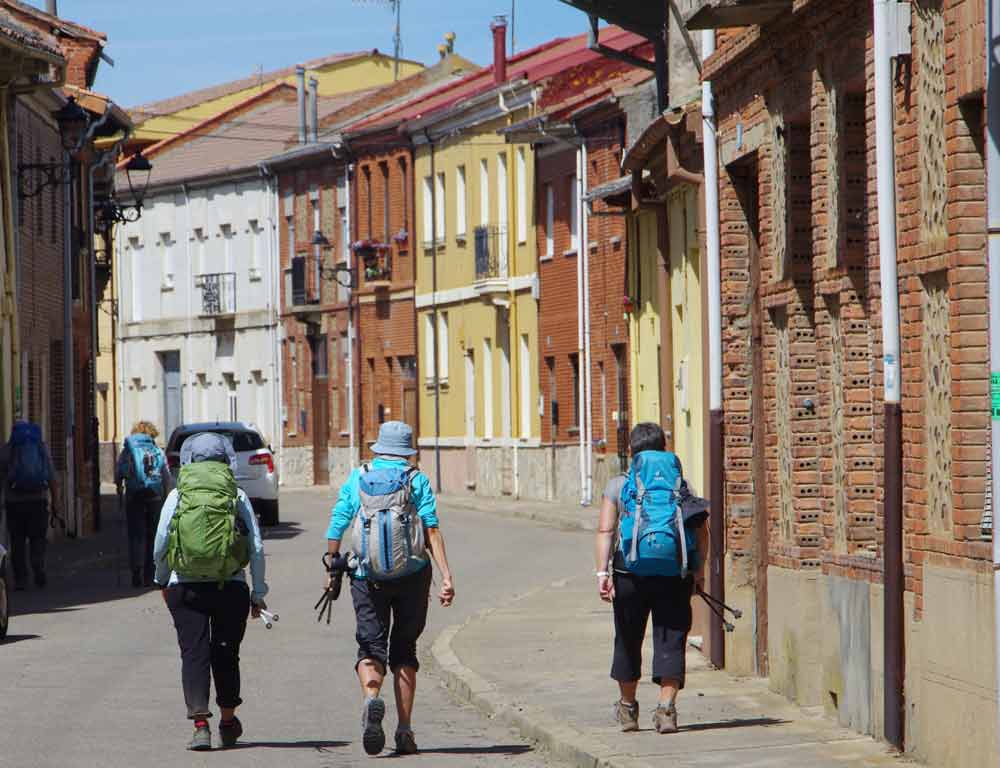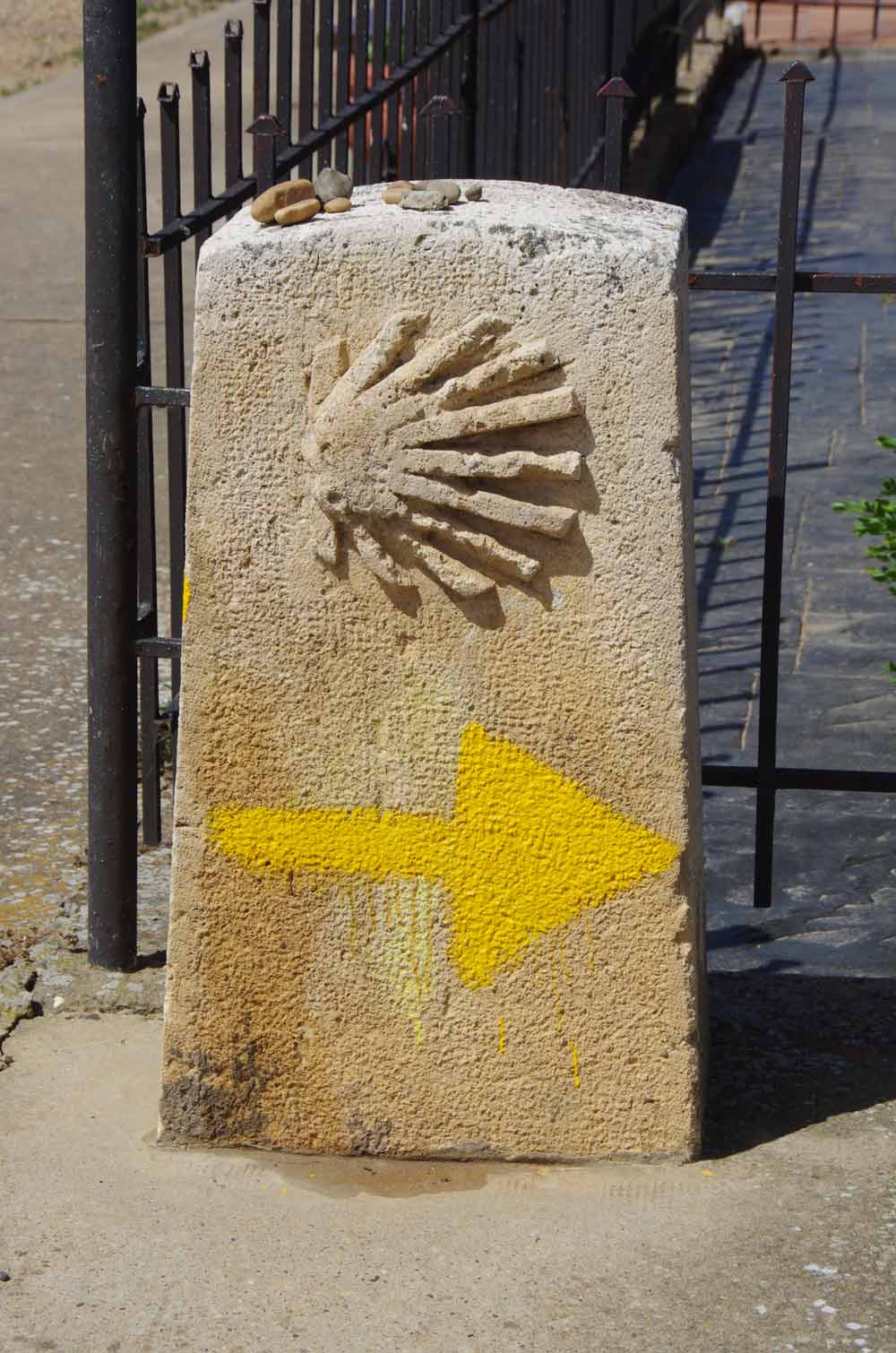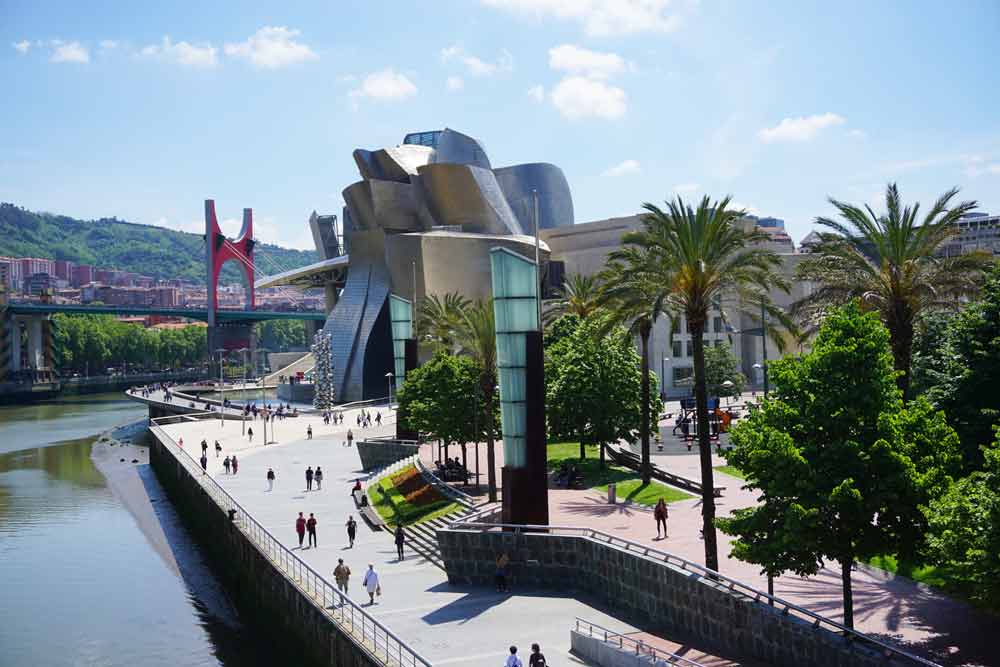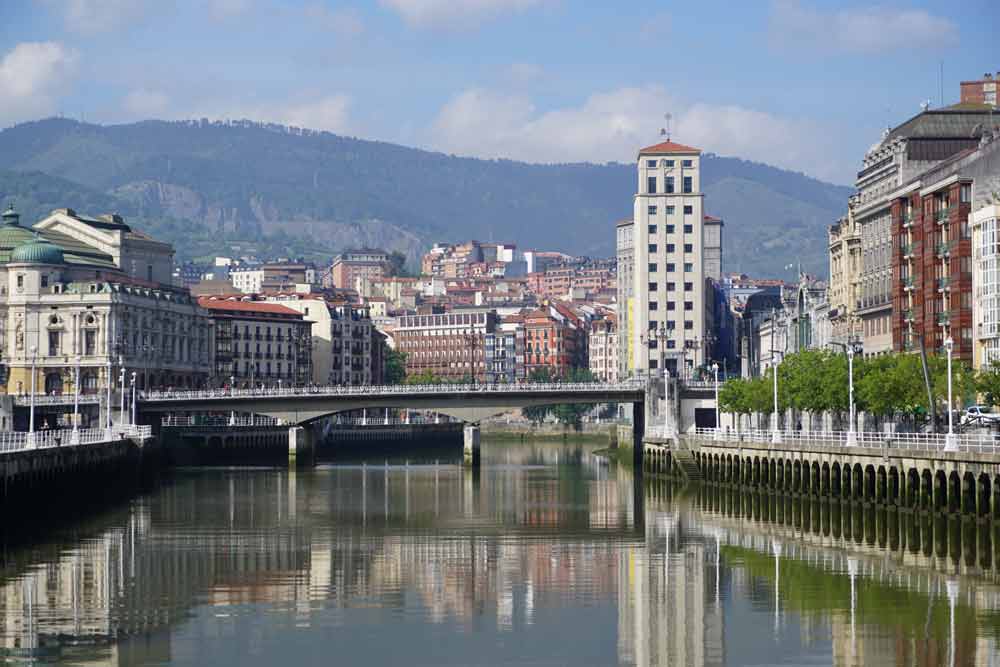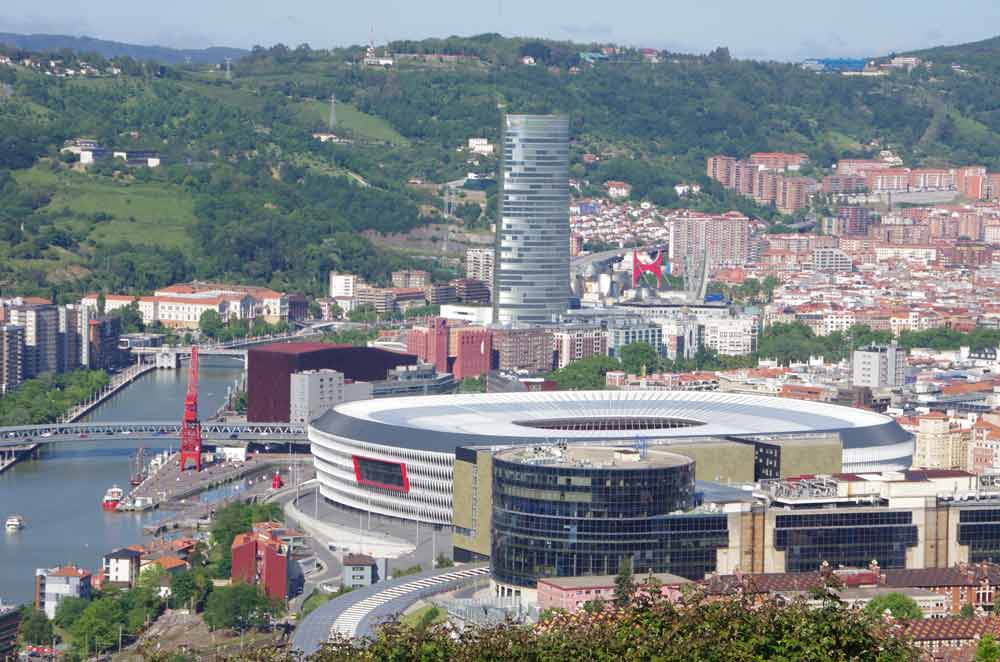Santiago de Compostela was unfortunately a bit of a washout. We knew from early in the day that the weather for our visit was going to be ‘poor’, but that turned out to be a bit of an understatement. Virtually from the moment we arrived the clouds opened and as we walked through the heart of the city and approached the cathedral the rain literally cascaded down the streets and poured off the rooftops. Timing, as they say, is everything and our other disappointment came as we entered the cathedral expecting to experience its glorious baroque interior only to find that we’d timed our visit to coincide with a major refurbishment which effectively screened off virtually everything of interest. Now, if we were disappointed just imagine how you’d feel if you arrived in Santiago soaked to the skin and very footsore from your several hundred mile pilgrimage only to find that the builders were in! Still, that’s faith for you.

After a spot of essential drying-out we drove the 60 or so miles to Lugo which boasts the most complete and impressive Roman city wall in Spain. Built in the 3rd Century AD, at 15-20m high and nearly 3km long it provides an excellent footpath around the heart of the city though, as our Rough Guide pointed out, unfortunately the views of, and from the wall are a bit disappointing.

This morning (Friday), after a brief exploration of Lugo and a perambulation around its walls, we drove up to Spain’s northern coast and were fortunate to find a lovely little campsite at Playa Penarronda which is just to the east of Ribadeo. Once again we’re camped/parked within yards of the beach and able to enjoy the fabulous scenery and impressive breakers as they storm their way up the beach.







